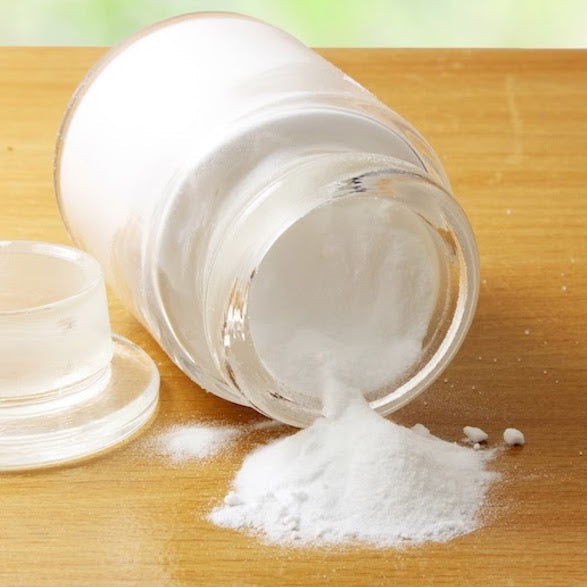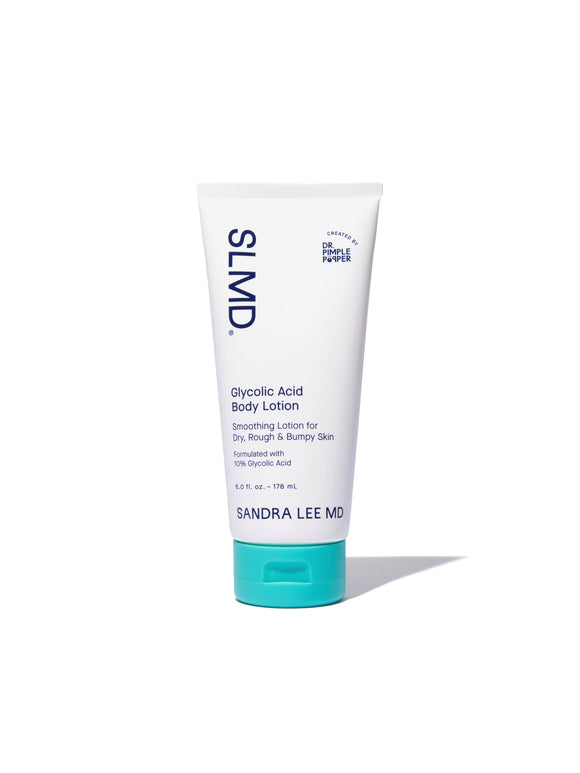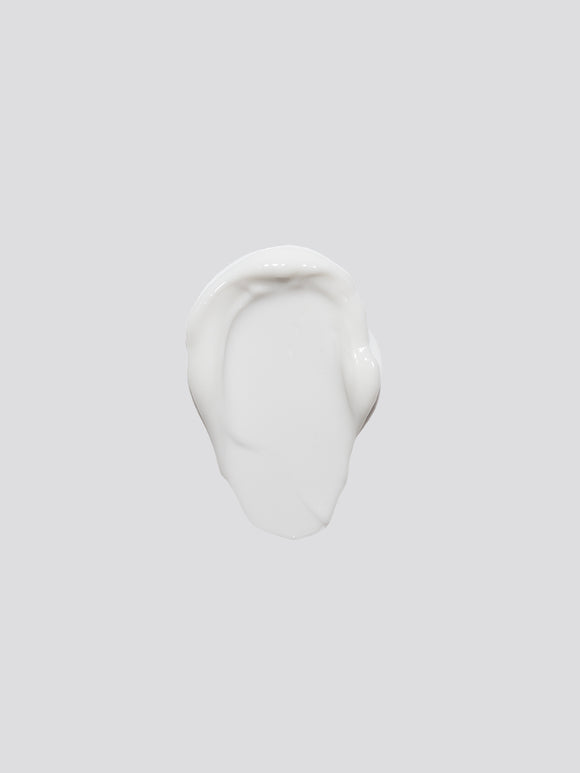
Ingredient Spotlight: Lactic Acid
You might remember lactic acid from your days in health class, learning about how your muscles work. But did you know that there’s lactic acid in your skincare products?! Yep, and it works just as hard as your muscles! When lactic acid is produced for skincare purposes it’s derived from sour milk (sounds gross, but…
Published:
2 minute read
Sour milk in skincare may not sound too appealing, but what about lactic acid? You may be surprised to find out that this popular alpha hydroxy acid is a common component of dairy products.
We’ve combed through recent research to bring you the latest on this trending skincare ingredient.
Article Quick Links
What is lactic acid?
The benefits of lactic acid — which forms when microorganisms ferment dairy products — have been known for millennia. It’s said that Cleopatra regularly bathed in sour donkey milk to soften her skin.
Lactic acid is an organic (carbon-containing) white solid that’s water soluble. The compound was initially isolated from sour milk in 1780 by Swedish chemist Carl Wilhelm Scheele. In 1856, legendary chemist and microbiologist Louis Pasteur was the first to discover that lactic acid is produced by the microbe Lactobacillus.
The lactic acid used for skincare today is typically synthetic (that is, lab-created) rather than dairy-derived.
How does lactic acid work?
There’s an abundance of research validating the benefits of lactic acid and the bacteria that produce it. Lactic acid itself has a larger molecular structure than its AHA cousin glycolic acid, which makes it a gentler choice. Here’s why it’s such a versatile and potent skincare ingredient.
- Exfoliates: it’s a keratolytic, which means it softens the keratin protein of the skin’s outer layers, helping to shed dead skin.
- Hydrates: humectant properties draw water into the skin
- Supports skin barrier: it’s one of the main ingredients in skin’s natural moisturising factor (NMF)
- Stimulates ceramides: encourages keratinocytes to synthesize ceramides
- Boosts collagen: promotes the formation of collagen by fibroblasts
- Inhibits tyrosinase: prevents melanocytes from generating melanin pigment
- Antimicrobial: discourages the growth of bacteria
- Anti-inflammatory: reduces the body’s immune response
What are the skin benefits of lactic acid?
After reading that impressive list of chemical qualities, it’s easy to see why lactic acid is such a popular skincare ingredient. It addresses a variety of skin concerns, including:
- Dullness + dryness: exfoliating, hydrating and moisturising
- Keratosis pilaris: exfoliating, hydrating, boosting NMF and ceramides
- Acne: exfoliating, supporting the skin barrier, inhibiting microbes, reducing inflammation
- Wrinkling/sagging: hydrating and boosting collagen
- Hyperpigmentation: exfoliating, discouraging excess melanin production, reducing inflammation
What skincare products contain lactic acid?
Dr. Sandra Lee (aka Dr. Pimple Popper) incorporates lactic acid into these SLMD favorites:
- AHA/BHA Swipes: formulated with a cocktail of salicylic, glycolic and lactic acids to exfoliate, unclog pores and minimize signs of premature aging.
- Glycolic Acid Body Scrub: a combination of two AHAs and self-dissolving granules to soften and slough off dead skin cells.

Dr. Lee's Last Word
Lactic acid is one of my favorite ingredients, because it’s really potent but it’s also gentle. Not only is it an effective exfoliant, but it also stimulates your skin’s natural moisture and collagen production. It’s very well tolerated by most skin types, too.









